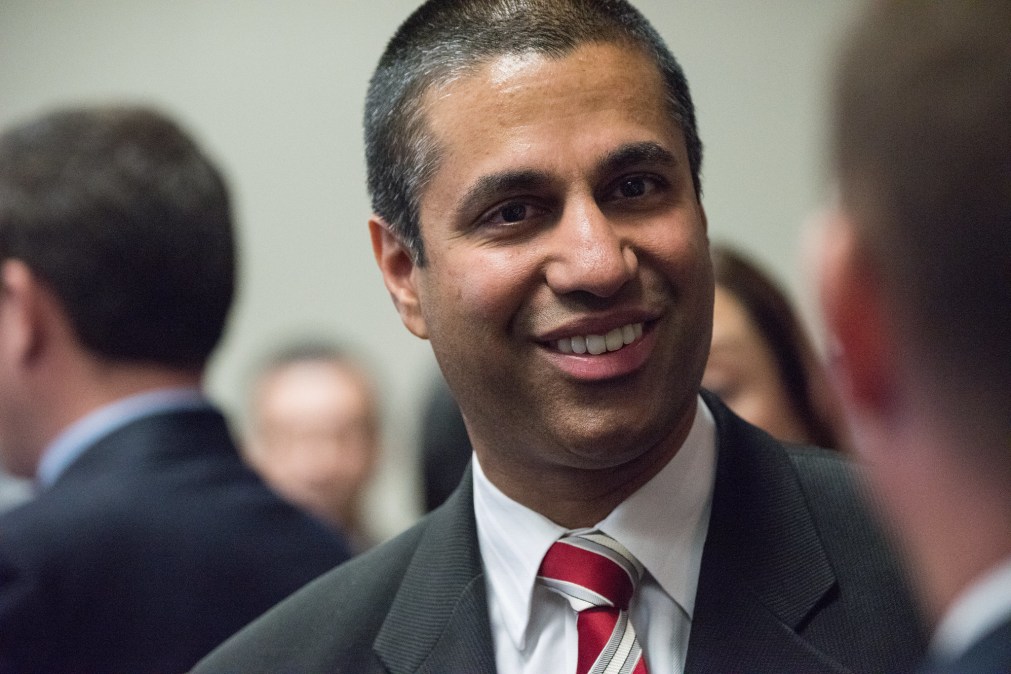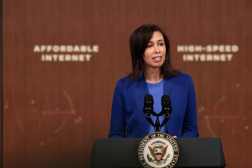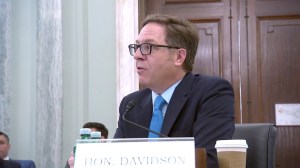Critics say FCC’s broadband relief efforts ‘ring hollow’

On Tuesday, Federal Communications Commission Chairman Ajit Pai outlined the measures he’s taken to make it easier for people to access broadband internet during the coronavirus pandemic that has left millions of people working, learning and receiving health care at home, but some experts say the agency hasn’t been been urgent enough in connecting rural Americans.
Pai, a former Verizon lobbyist, announced the Keep Americans Connected pledge earlier this month to ensure that wireless carriers would not terminate service, impose late fees or restrict Wi-Fi hotspots to residential or small business customers for the next 60 days. In a letter titled “Stepping up to the Coronavirus Challenge” released Tuesday, Pai said more than 550 carriers have agreed to those terms, in addition to several other measures like lifting data caps, increasing broadband speeds at no cost and offering free service to households with people working remotely or distance-learning.
The goal, according to Pai, is to “cut through regulatory red tape” to free up resources for those most affected by the virus. But Kevin Taglang of the Benton Institute for Broadband and Society said Pai’s crisis triage efforts “ring hollow” as more than 20 million Americans continue to lack access to any broadband connection at all.
“Although Pai’s statement uses the word ‘act’ nine times, ironically, he proposes no new action,” Benton said in a letter published on his organization’s website Wednesday. “The coronavirus pandemic isn’t making broadband essential — it’s exposing that it always was and turning up the urgency of connecting everyone now.”
In addition to its pledge, the FCC authorized $42 million in emergency funding to the agency’s rural health care program and the agency has also extended several temporary assistance measures during the pandemic. These include granting temporary waivers so schools and libraries can leave their Wi-Fi networks on at no extra cost to their E-Rate funding and granting temporary waivers on certain requirements for its Lifeline program, which provides discounts to low-income users. It also granted temporary authority to wireless carriers to use extra wireless spectrum and waived several other service requirements for ISPs and television stations.
While education leaders like John Windhausen Jr., the executive director of the Schools, Health & Libraries Broadband Coalition, praised Pai for the immediate action, Taglang and officials from North Carolina, Maine and other states said the temporary measures did not begin to solve the persistent connectivity problems facing rural America.
“For someone who’s made closing the digital divide the top priority of his chairmanship, his words ring hollow,” Taglang said.
Officials in North Carolina, Maine and elsewhere told StateScoop last week that the coronavirus has shown that mobile Wi-Fi hotspots and the FCC’s other short-term solutions are worthwhile, but should not be considered a replacement for long-term infrastructure upgrades that could close the digital divide.
The FCC claimed earlier this year that 18.3 million people lacked access to broadband internet, but other estimates places the figure at least twice as high. Pai has overseen the transition to a new data collection system that the FCC plans to begin using in 2021, though $16 billion in broadband funding will still be distributed without first collecting accurate data.





